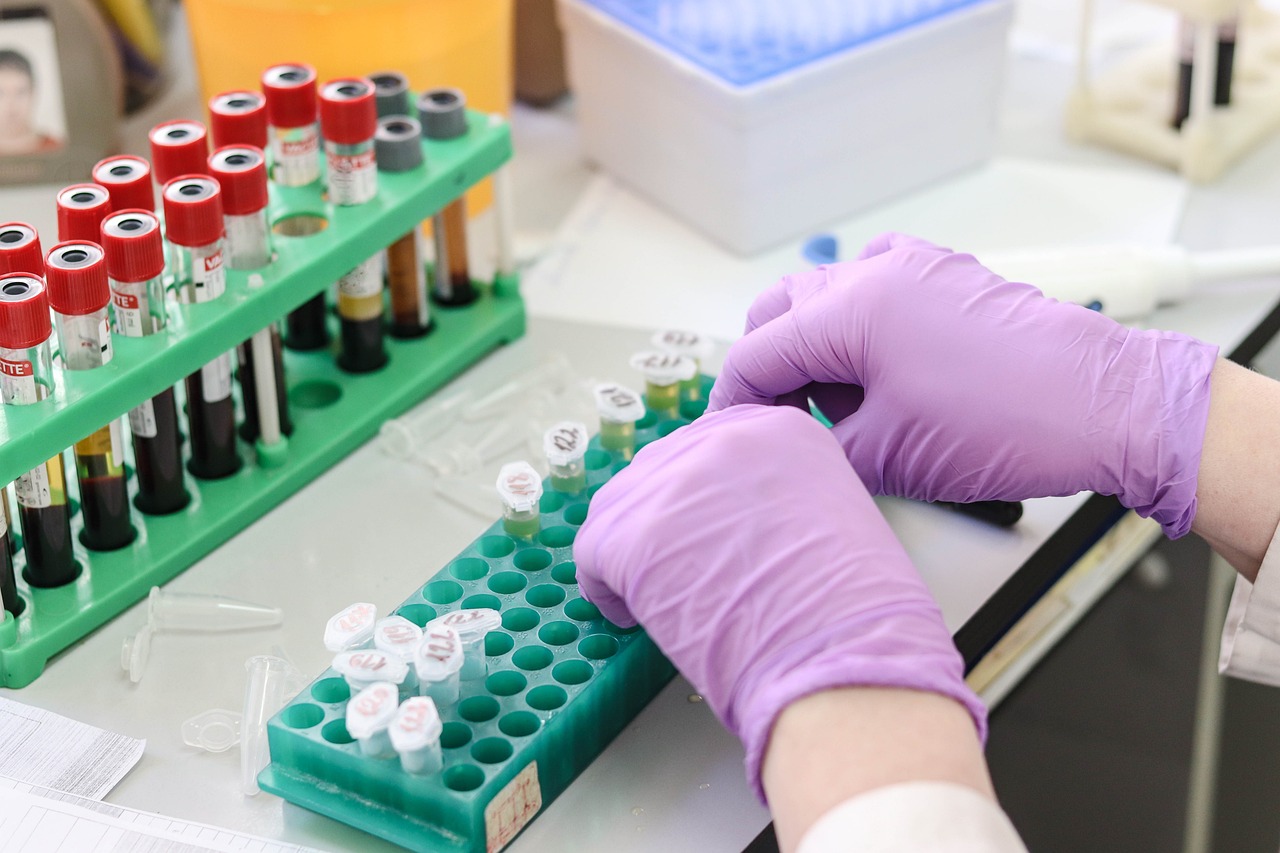Studies exploring secondary adrenal insufficiency and growth hormone deficit have found an interesting research candidate in GHRP-2 Peptide. Short stature has been assessed in stage II clinical studies with GHRP-2. There have been a lot of studies into how it may affect things like muscular growth, hunger, immunity, and sleep patterns.
GHRP-2 Peptide and the Heart
GHRP-2 and its analogs (GHRP-1 and GHRP-6) have suggested promise in protecting cardiac cells from apoptosis or programmed cell death in studies of fetal heart cell culture lines. The peptides are being researched for their potential to shield heart muscle from the diminished blood and nutrition supply that follows a cardiac arrest. It has been postulated that these peptides may bind to a particular receptor based on studies of the GHRP-2 homolog Hexarelin. The discovery of novel routes and an enhanced understanding of physiology and methods to prevent malfunction may result from the identification of new tissue-specific receptors.
GHRP-2 Peptide and Muscle
Muscle development may be stimulated by GHRP-2 in two methods, as suggested by yak research: increased protein synthesis and accumulation and decreased protein breakdown. The research suggests that GHRP-2 may have the potential to aid yaks with natural development restrictions brought on by food scarcity, unfavorable climatic circumstances (such as cold), and sickness. They hypothesized that “GHRP-2 enhanced muscle protein deposition mainly by up-regulating the protein synthesis pathways.” Most notably, Pralmorelin has been suggested to have the potential to suppress atrogin-1 and MuRF1-proteins, which may control muscle breakdown pathways, hence preventing muscular atrophy.
The results of animal studies purport that GHRP-2 might be used in the context of ailments characterized by reduced catabolism, which is typical in chronic diseases such as autoimmune disorders and cancer. Findings imply that growth hormone and insulin-like growth factor-1 (IGF-1) may both be activated in response to the peptide, suggesting that it may aid in stimulating muscle protein deposition. Lean body mass seems to be increased even under adverse physiological circumstances due to the synergistic impact of increased synthesis and reduced breakdown of protein.
GHRP-2 Peptide and Appetite
The potential impact of GHRP-2 (Pralmorelin) on hunger and food consumption has been investigated. “GHRP-2, like ghrelin, increases food intake,” the study’s authors speculated, “suggesting that GHRP-2 is a valuable tool for investigating ghrelin effects on eating behavior.” In the context of chronic conditions, when appetite stimulation is an integral aspect of total health management, these investigations are relevant. The peptide may aid research models with chronic illnesses because of its theorized capacity to enhance their appetite dependably.
GHRP-2 Peptide and Immunity
The thymus is an organ that aids in immune cell protection and maturation, particularly T lymphocytes. GHRP-2 has been hypothesized to improve thymic function. When it comes to adaptive immunity and the natural ability to fight off complicated illnesses, T cells are important. However, the thymus loses its effectiveness with age, contributing to a wide variety of age-related issues, such as inadequate tissue regeneration and weakened immunity. The body’s defenses against infection and cancer, as well as its capacity to maintain normal tissue function, are compromised as a result. Studies on GHRP-2 in the context of these conditions have suggested that the peptide may have the potential to regenerate the thymus, increasing both the quantity and variety of T cells and improving immunity.
GHRP-2 Peptide and Pain Sensitivity
It was hypothesized that by increasing growth hormone synthesis and repairing damaged tissues, GHRP-2 might alleviate pain in animal models of osteoarthritis. While further research is needed, preliminary observations suggest that GHRP-2’s impact on opioid receptors may induce pain alleviation before tissue healing. Opioid receptors come in four different varieties. Opioid painkillers often work on all four receptor types simultaneously. Due to the receptors’ multifaceted roles, the generic mechanism of action of the substances might provide difficulties. Different receptors regulate different feelings, including pain, wakefulness, and respiration, and addiction. However, scientists speculate that GHRP-2 seems to behave as a selective opioid receptor agonist, binding specifically to the receptors that mediate analgesia, addiction, and sedation.
GHRP-2 Peptide and Sleep
Multiple hypotheses have proposed roles for GHRP-2 in modulating the sleep-wake cycle. As suggested by studies, the peptide seems to enhance the quality and length of REM sleep by around 20% and extend the duration of stages 3 and 4 by nearly 50%. It also seems to reduce variations in “normal sleep” patterns considerably.
Scientists interested in further studying the compound mentioned in this article can click here to be redirected to the Core Peptides website for the highest quality research compounds and most educational peptide articles.
References
[i] Phung LT, Inoue H, Nou V, Lee HG, Vega RA, Matsunaga N, Hidaka S, Kuwayama H, Hidari H. The effects of growth hormone-releasing peptide-2 (GHRP-2) on the release of growth hormone and growth performance in swine. Domest Anim Endocrinol. 2000 Apr;18(3):279-91. doi: 10.1016/s0739-7240(00)00050-3. PMID: 10793268.
[ii] Titterington JS, Sukhanov S, Higashi Y, Vaughn C, Bowers C, Delafontaine P. Growth hormone-releasing peptide-2 suppresses vascular oxidative stress in ApoE-/- mice but does not reduce atherosclerosis. Endocrinology. 2009 Dec;150(12):5478-87. doi: 10.1210/en.2009-0283. Epub 2009 Oct 9. PMID: 19819949; PMCID: PMC2795722.]
[iii] Hu R, Wang Z, Peng Q, Zou H, Wang H, Yu X, Jing X, Wang Y, Cao B, Bao S, Zhang W, Zhao S, Ji H, Kong X, Niu Q. Effects of GHRP-2 and Cysteamine Administration on Growth Performance, Somatotropic Axis Hormone and Muscle Protein Deposition in Yaks (Bos grunniens) with Growth Retardation. PLoS One. 2016 Feb 19;11(2):e0149461. doi: 10.1371/journal.pone.0149461. PMID: 26894743; PMCID: PMC4760683.
[iv] Laferrère B, Abraham C, Russell CD, Bowers CY. Growth hormone releasing peptide-2 (GHRP-2), like ghrelin, increases food intake in healthy men. J Clin Endocrinol Metab. 2005 Feb;90(2):611-4. doi: 10.1210/jc.2004-1719. PMID: 15699539; PMCID: PMC2824650.
[v] Chao YN, Sun D, Peng YC, Wu YL. Growth Hormone Releasing Peptide-2 Attenuation of Protein Kinase C-Induced Inflammation in Human Ovarian Granulosa Cells. Int J Mol Sci. 2016 Aug 19;17(8):1359. doi: 10.3390/ijms17081359. PMID: 27548147; PMCID: PMC5000754.







